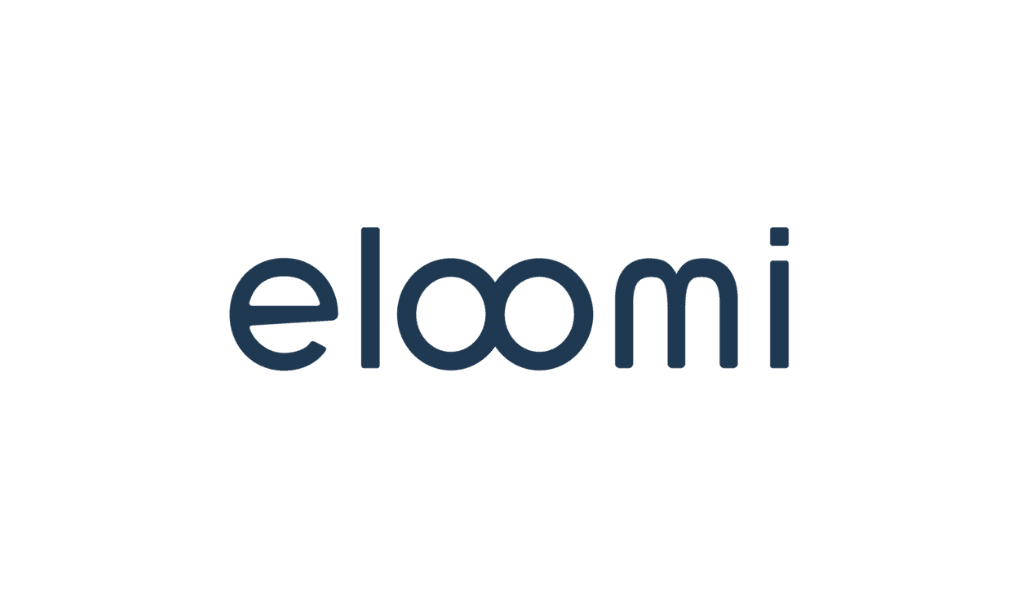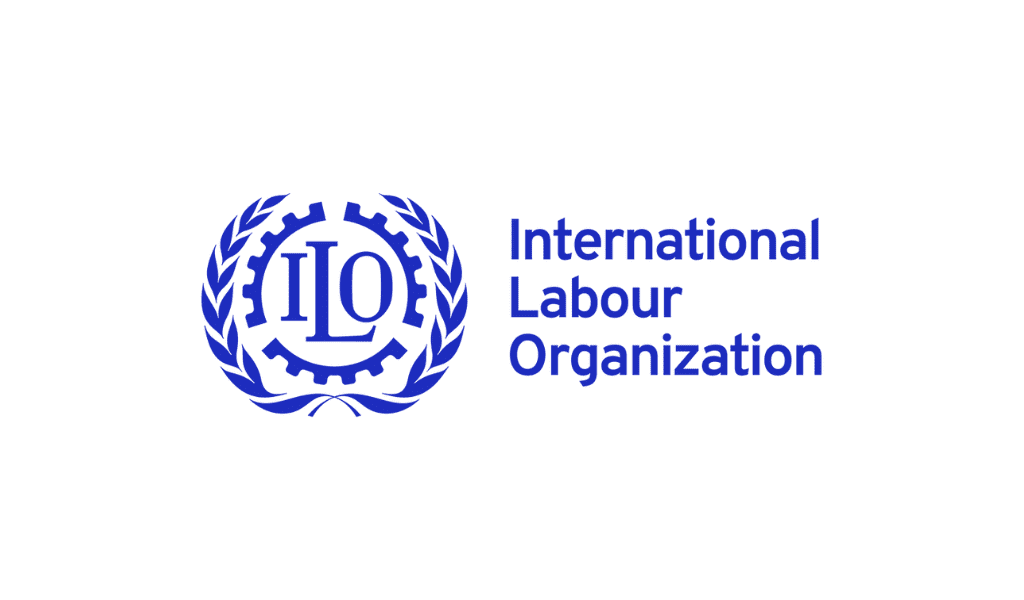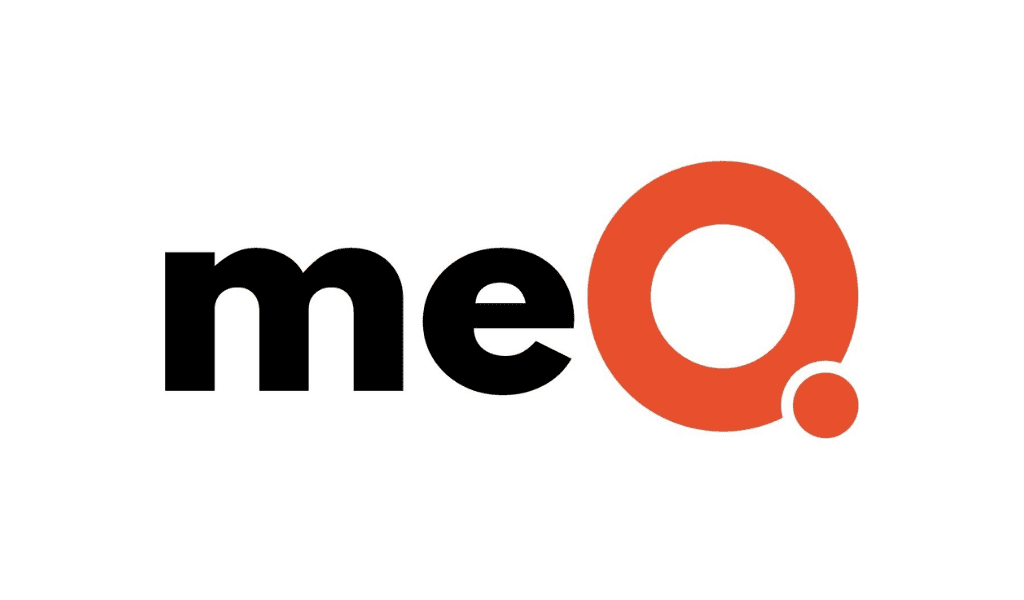A recent survey provides a snapshot of the current state of human capital management systems.
Human capital management (HCM) technology is an ecosystem that advances and matures one component at a time. Changes and additions are often prompted by new waves of technology in response to evolving business conditions. Like any other technology, an HCM platform is more than the sum of its parts. Different solutions are inexorably linked to each other by common data elements and through cross-cutting business processes. The maturity of the system essentially drives value to the business and must therefore be evaluated holistically.What components make up a mature HCM technology ecosystem?
1. Integration. Interfaces between systems or unintegrated systems preclude both speed and accuracy.
2. Usability. User adoption and ease of use are both essential for capturing business processes and ensuring data completeness.
3. Configurability. Flexibility is required to avoid having to compromise due to limitations of software.
4. Mobility. This is a necessity for the always-on workforce and to satisfy the experience expectations of the modern user.
A mature HCM system provides strategic leverage by helping organizations automate processes and standardize data. The results: speed, efficiency, clarity and insight. But how can an organization evaluate their own HCM technology maturity? What are the important questions to ask? A recent survey by Ceridian helps outline what drives HCM maturity in organizations around the world.
The number of vendors had a surprising impact. The survey found that while many organizations have been able to source from a single vendor, nearly as many leverage the technology of multiple vendors, and a surprising 13 percent were unsure. But those organizations with only one HCM provider are nearly three times more likely to have data shared in realtime than those with best-of-breed solutions. They also experience better results in best-practice adoption, compliance, employee access across devices, and usability.
The benefits of partnering with a single vendor validate the trend toward consolidation in the industry, as well as the general movement to pre-integrated solutions or solutions built as a single application from the ground up.
Integration Remains a Hurdle
It’s generally accepted that the more manual work that is involved in a process, the greater the chance for error. As such, integrations that require human intervention when sharing data between systems limit both the potential value and the overall reliability of an HCM. The survey found that for organizations that share data between systems, 31 percent accomplish it in real time and 47 percent do so by a scheduled process. This suggests a high level of automation, but only 27 percent of respondents confirmed there are no manual steps needed to accomplish data sharing.
This incongruity suggests that solution integration isn’t as seamless as some organizations might assume, even when all solutions are purchased from a single vendor. Issues can arise when a provider develops different aspects of their solution on different platforms or when modules are acquired from other providers or sources.
Confidence in Quality
HCM systems are only as good as the quality of their inputs, which comprise a wealth of data and information derived from a variety of sources, including payroll, time and attendance, benefits, performance, and recruitment. Accuracy and quality remain two of the critical challenges that must be overcome in order for HR professionals to move from the transactional to the strategic. Error-riddled data creates untold amounts of downstream work to correct, consuming time that is already scarce for HR and payroll professionals. This blocks the path forward for those who want to focus on analysis and strategy.
Though solution integration may be immature and data management processes are still imperfect, many organizations are providing mobile-first access to HCM solutions for consumer-grade experiences. However, the study finds that access from mobile devices lags dramatically behind traditional access. The respondents who have yet to adopt an access-anywhere model face the prospect of user-adoption fall-off. The incoming generation of users will be reluctant at best to take advantage of systems that are inconveniently tied to one location.
When it comes to perceptions of HCM maturity, across all demographics, front-line HCM staff and HCM executives answered questions very differently. Forty-two percent of employees working directly with HCM systems indicated their systems were from the same vendor; for executives, the number was 56 percent. More than 42 percent of the time, HCM executives thought that they had single sourced at a rate of 56.2 percent. In addition, executives were far more likely to respond positively to a number of questions concerning the cohesiveness of their HCM solutions.
While this could be the result of HCM staff smoothing out rough edges in process performance and integration, it could also be a false perception of tight system integration as communicated to them during the sales cycle.
Looking Forward
When an HCM platform becomes mature, transactions are fast and accurate. Business processes are complete and automatic -without any manual workarounds -and visibility into the business is comprehensive. It becomes a powerful basis for planning and forecasting. Mature HCM systems make it easy to obtain a clear picture of the business, and it becomes possible to model the impact of future scenarios.
These technologies also become a great launching pad for best practices. It’s easy to cascade change through a stable and mature environment. Accuracy and understanding combined with the ability to rapidly enact change provide tremendous leverage. Overall, HCM solution usage at many organizations is still in early stages of maturity. While data from this survey implies that nearly half of responding organizations have achieved a single-vendor solution for their organization, they have yet to achieve the levels of integration, quality, and access that are the hallmarks of truly mature HCM deployments.
James Arsenault is director of strategic communications for Ceridian.














